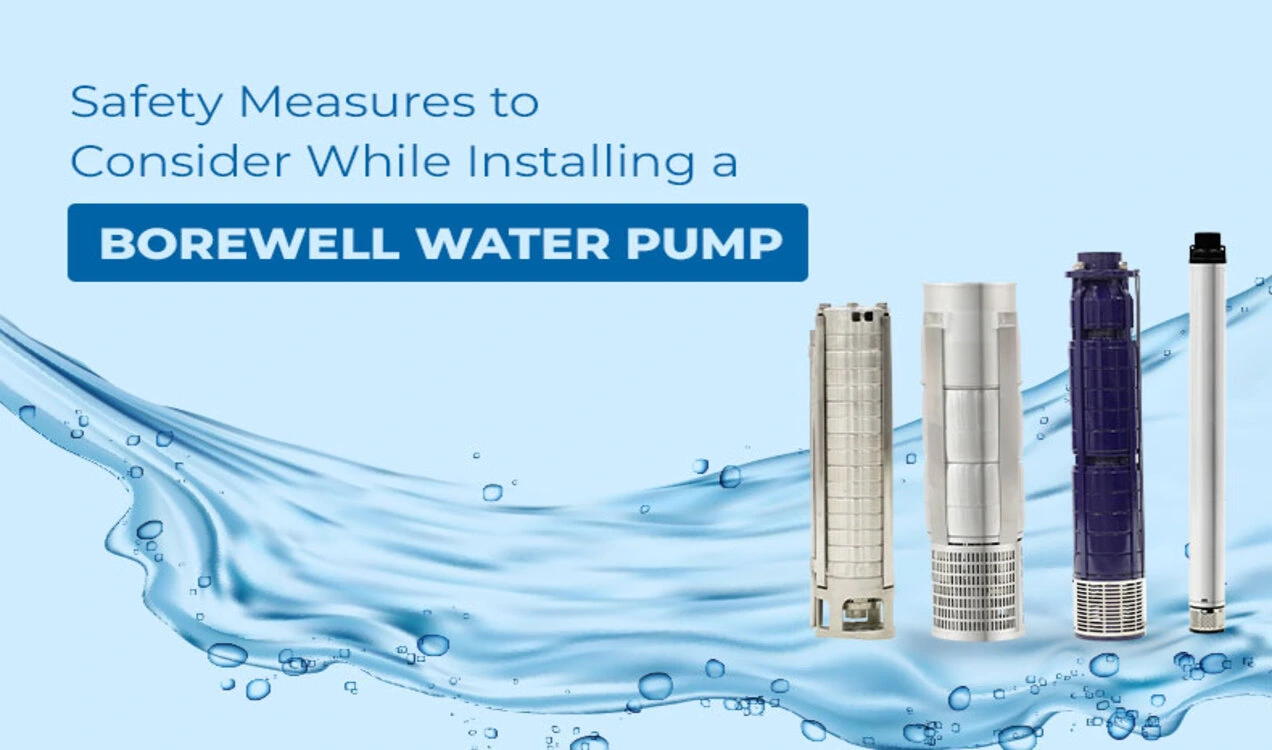Are Submersible Pumps Safe to Operate?
Extensively used for industries, such as pumping slurry, sewage, oil well, or water treatment plants, submersible pumps are electrical equipment submerged in the water or a liquid for its operation. So, how can electrical equipment be safe in the water, when both ingredients are formulas for a catastrophe?
To combat the electrical shock, submersible pumps must avoid contact with electrical components. Subsequently, manufacturers use cast iron or a synthetic casing to seal internal components. Furthers, since the pumps operate in severe environments, casings construction is built robustly with high precision for different parts to have a flush fit for averting damage. O-rings and grooves are used to fit different casing components to keep liquids further away. Manufacturers think of all the possible problems of the water pumps and their safety precautions while manufacturing the pumps.
Power cables that carry current to the internal components are well sealed. The cable cap assembly area from where external wires enter the pump is filled with epoxy for additional protection. Cables are manufactured from non-wick material to prevent moisture absorption. Further, Type-21 mechanical seals are used to seal the components, as it eliminates the use of adhesives (that easily deteriorate with time) and helps in the free rotation of the equipment.
Oil and gas separators are used in the pump for enhanced protection. These chambers (separators) contain gas or oil that act as a barrier to the liquid in which a submersible operates. In case of a breached casing due to regular wear and tear, or external damage caused by an accident, the separator immediately prevents the external liquid from contacting the electrical components. Moisture sensors in the submersible pumps act as the final safety measure. If water breaches the seal and external casing, the moisture level increase in the oil separator which is instantly detected by a moisture sensor, it immediately triggers an alarm or to shuts down the pump.
8 Safety Tips for Borewell Water Pump Installation
1) Read and Follow Safety Instructions
Submersible pumps are used in water treatment plants, power plants, factories, etc. Hence, the pump must be anchored securely regardless of its location or size and should have wider space around it.
2) Take Precautions with Installation in the Well
Install the pump in a semi-wet zone, so the water doesn’t dry in the well. A dried well will cause the motor to heat up quickly and damage or burn it out.
3) Check and Replace Worn-out Components
Regularly check the components of the submersible pump for wear and tear and replace them immediately. For instance, check for any sand or grime moving in pipe plugs and suction line fittings, as it can easily scratch the seal faces of these gears. Check ball-bearings, if damaged, the pump’s shaft wobbles, and overheats the equipment.
4) Voltage Fluctuation should be Monitored
Excessive fluxional between low and high voltages can reduce the operational efficiency of the pump and its durability. In the countryside, the power supply line is usually long to support the low and high voltages at both ends for electrical equipment to work properly. Subsequently, users must constantly observe the voltage to prevent the pump from damage. If the current voltage is higher or lower than 10%, and the current is 20% above the pre-defined submersible pump current, immediately switch the power off.
5) Protect the Pump with Grounding
It’s mandatory to build protective grounding for submersible pumps to ensure safety during use. If the casing leaks, the water flowing out of the submersible pump will be charged causing an electrical shock to humans and animals. Hence, the earthing between the transformer and the electrical wiring of the submersible pump should be activated with a fuse. If the current supply jumps high, the fuse can auto-cut the power and save it from tragedy.
6) Frequency of Re-starting the Pump
After a gap of 5 minutes, should the pump be switched on and off? Frequent switch on/off leads to re-circulation of the current that leads to motor damage. Subsequently, after switching it on wait for the stored water to return to the pipe, and be flushed out.
7) Long-term Use
A de-activated submersible pump should not be lowered in the well, as it will being to rust and fail to operate when needed. Hence, the pump should be switched on for 5-10 minutes, once a week for its proper functioning.
If not in use, wash it with clear water to remove mud, pat dry, check for damages, and finally disassemble it for fixing the damaged parts, oil and paint all the parts; before storing and re-using it.
8) Check the Pump’s Cooling Mechanism Before Lowering It in the Well
However, this water-tight construction of a submersible pump does not allow it to have a cooling mechanism like an external pump, which has fans to dissipate heat. Instead, submersible pumps are dependent on the liquid in which they are submerged to reduce heat build-up. For this reason, submersible pumps must not be operated externally for too long. The duration for which submersible units can operate outside a liquid varies from pump to pump. While some pumps are designed to operate for short durations without overheating, others simply should be used outside water.
With these safety tips, you can improve the longevity of your submersible pump and keep everyone safe around it. Would you like to know more about pumps? Visit us a Unnati Pumps to find more blogs.


